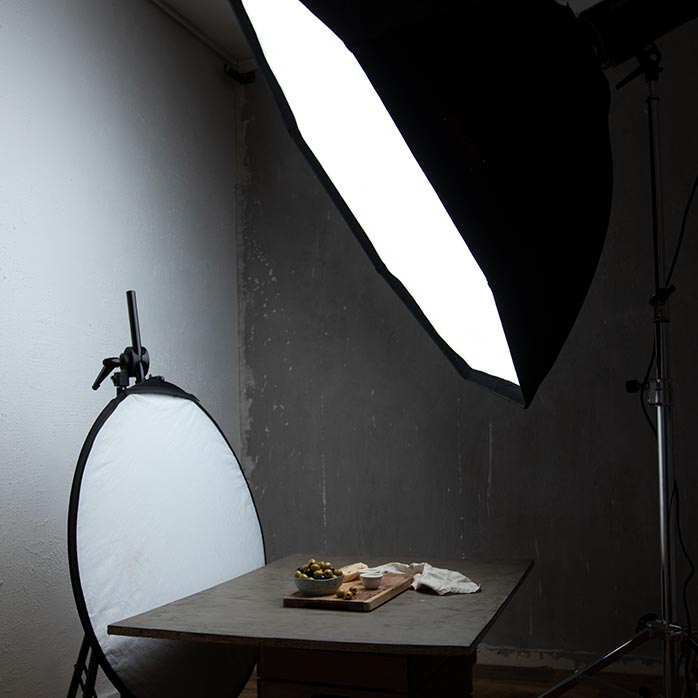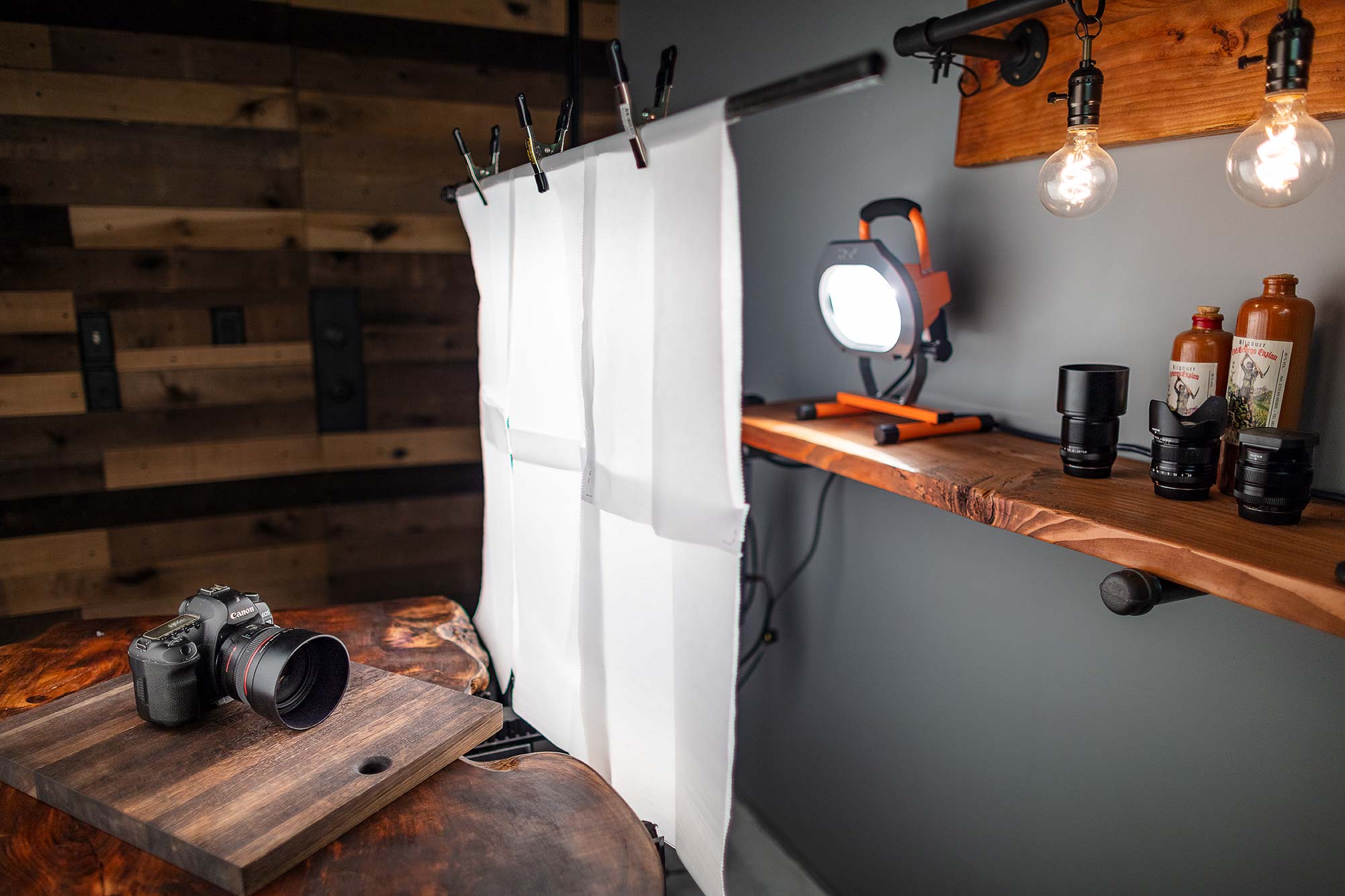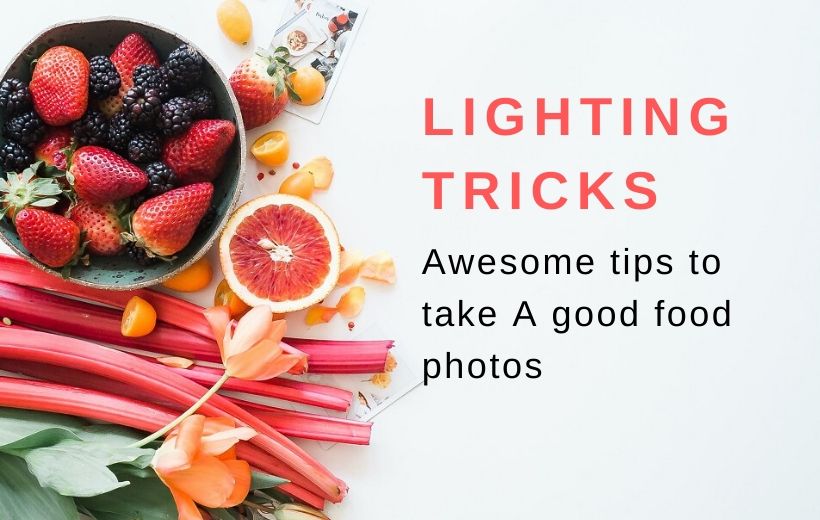Lights For Food Photography
Lights For Food Photography - Food photography has become increasingly important in recent years, with more and more people sharing their culinary creations on social media. A good food photograph requires more than just a camera and an eye for composition. In order to truly capture the beauty and deliciousness of a dish, you need the right lighting. Here are some tips and ideas on how to use different types of lights for food photography.
The Simple Artificial Lighting Setup I Use For Killer Food Photography
Artificial Light
If you're using artificial light for your food photography, there are a few things to keep in mind. First, use a diffuser to soften the light and make it more flattering to the food. Second, use a reflector to bounce light back onto the dish and reduce harsh shadows. Third, choose the right type of bulb. LED bulbs are energy-efficient and long-lasting, but they can sometimes give off a harsh, blue-toned light that's not ideal for food photography. Incandescent bulbs are warmer and more flattering to food, but they tend to be less energy-efficient and may have a shorter lifespan.

For my own food photography, I prefer to use a simple setup that consists of one large softbox, positioned above and slightly to the front of the dish, and a reflector on the opposite side. This creates a soft, even light that highlights the textures and colors of the food without creating harsh shadows or reflections.
Pin by Amina Faisal on Lights
Natural Light
Natural light is often considered the best type of light for food photography, as it creates a soft, warm glow that flatters the food and makes it look more appetizing. However, natural light can also be unpredictable and difficult to control, especially if you're shooting outdoors or in a space with inconsistent light sources. Here are some tips for using natural light in your food photography:
- Shoot during the golden hour, which is the hour after sunrise or the hour before sunset, when the light is softer and warmer.
- Use a diffuser to soften direct sunlight and reduce harsh shadows.
- Position your dish near a window or door to take advantage of natural light.
- Use a reflector to bounce light back onto the dish and fill in any shadows.

Food Photography Lighting That is Stunning And Cheap
Budget-Friendly Options
You don't need expensive equipment to create beautiful food photographs. Here are some budget-friendly lighting options that can still help you achieve great results:
- Use a white foam board as a reflector to bounce light back onto the dish.
- Use a desk lamp with a daylight LED bulb as a DIY softbox.
- Use a string of LED lights as a soft, ambient light source.

Top 5 Best Lights For Food Photography Of 2019
Professional Options
If you're serious about food photography and want to invest in professional-grade lighting equipment, here are some of the top lights on the market:
- Profoto A1X AirTTL Studio Light
- Godox SL-60W LED Video Light
- Westcott FJ400 Strobe Light
- Neewer Vision 4 Studio Flash Strobe
- Bowens XMT500 Flash Head Kit

Each of these lights offers powerful, adjustable output and advanced features like TTL metering and wireless control. However, they also come with a hefty price tag, so they may not be the best choice for beginners or hobbyists.
The Best Lights For Food Photography Of 2020
Conclusion
There are many different types of lights that can be used for food photography, from artificial and natural to budget-friendly and professional-grade options. The key is to experiment with different setups and techniques to find the one that works best for you and your unique style. Whether you're shooting for your blog, social media, or a professional client, the right lighting can make all the difference in creating stunning food photographs.

Read more articles about Lights For Food Photography
Post a Comment for "Lights For Food Photography"